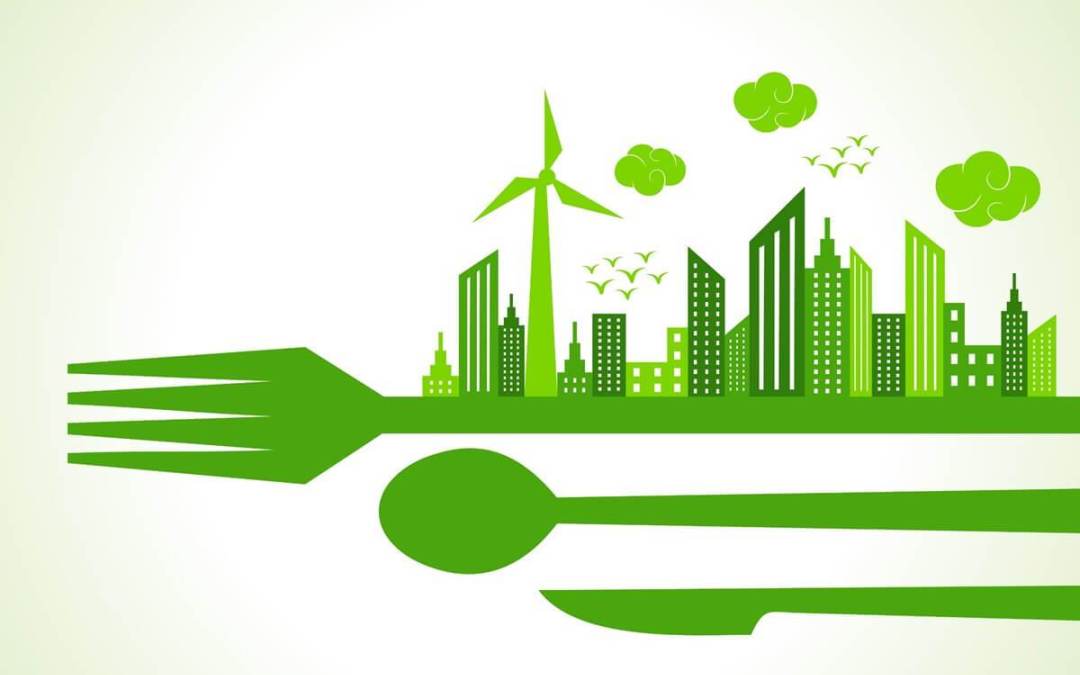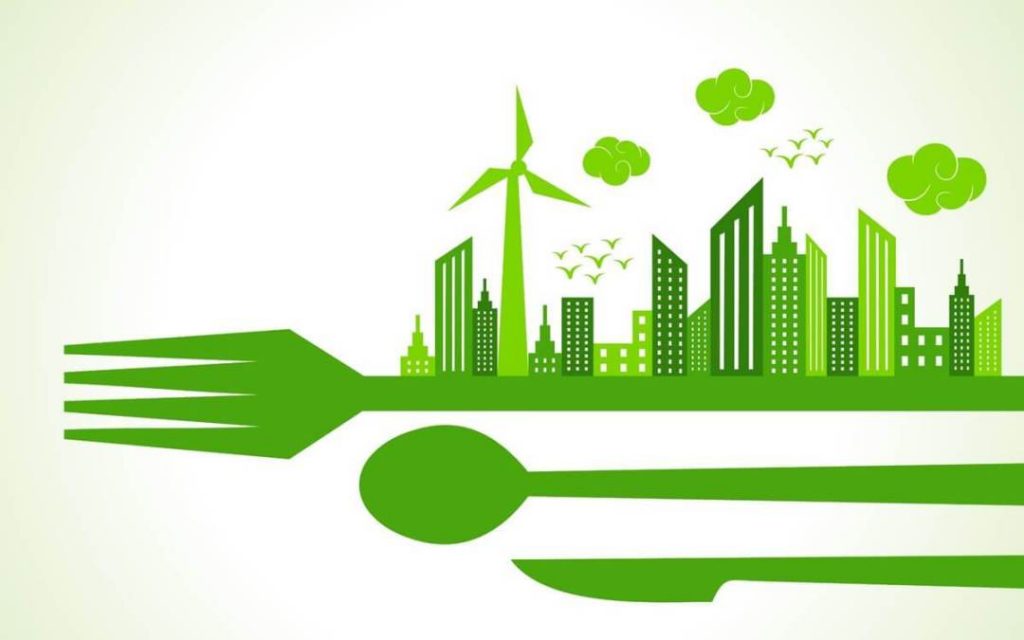Restaurant Best Practices
According to the National Restaurant Association’s “What’s Hot” report, American Culinary Federation chefs named sustainability and waste reduction in the top trends of the year. In fact, seven of the top twenty trends listed by the chefs related in some way to sustainable and environmentally sound practices.
For some time now, the members of the foodservice industry in some areas have been forced, at a minimum, to practice proper waste disposal and recycling. However, in many cases, it required regulation and time-consuming oversight. Today, chefs, owners, employees, and consumers have taken on personal awareness of best practices for the environment and the NRA 2018 State of Restaurant Sustainability Survey results show that it is having an impact on how restaurants operate and on consumers choices.
For the survey, the NRA questioned 500 operators and 1000 consumers to find out what efforts are being made toward sustainable practice, and which are of primary concern to diners. The focus of the resulting report is on the conservation of resources, waste management, and consumer insights.
Conservation of resources in restaurants
- 8/10 are using energy efficient lighting
- 6/10 are using programmable thermostats
- 4+/10 are using Energy-Star rated coolers, refrigeration and ice makers
- 6+/10 adhere to start up/shut down equipment schedules
These conservation efforts have benefits beyond being environmentally conscious. In of itself, conserving resources will cut operational costs, and foodservice outlets can also take advantage of rebates offered by utility companies for committing to energy efficiency. While energy saving practices have seen steady growth in the industry, water conservation has been slower to take on, with 44% of operators reporting the use of low-flush toilets but only roughly 25% investing in faucet aerators, high-efficiency pre-rinse spray valves, and tankless water heaters. While there is an improvement overall, industry-wide we can still do better.
Managing waste in restaurants
- More than 60% recycle cardboard/paper and fats/oils/grease
- Less than 30% recycle aluminum/metal/glass/flexible plastics
- 3/4 buy some packaging/supplies that contain recycled materials or are certified compostable
- Nearly 50% track food waste
- 1/5 will donate edible leftovers to local charities
- 14% compost some food waste
Reducing and managing waste has notoriously been a curse for the foodservice industry. Robust community infrastructure is often needed to support major recycling efforts, and many communities are still struggling in that area. Many operators fear liability, keeping them from donating leftover food and cite local ordinances, space or facility constraints, and pest concerns as reasons for not composting. Despite the current numbers, it should be noted that sustainable waste management practices are gaining traction in the industry.
Sustainability and customer attraction
More than half of customers feel that if and how a restaurant manages waste, recycles plastics and cans, and donates leftover food are important and will affect their dining choice. Slightly less than half of customers rate energy/water conservation and environmentally friendly packaging as a strong decision influencer. An important point to be highlighted is that Baby boomers, ages 54-72, had a slightly higher tendency to be swayed by a food outlet’s sustainability efforts.
Overall, it is obvious that both consumers and operators are starting to become more aware of sustainability concerns. It is important for owners and operators to begin to understand not only the environmental impact of these practices but the potential financial impact as well. ConServe, the NRA’s conservation program, and TRG Restaurant Consultants are good resources for finding efficient and cost-lowering ways to enact more restaurant sustainability practices in your foodservice outlet.






